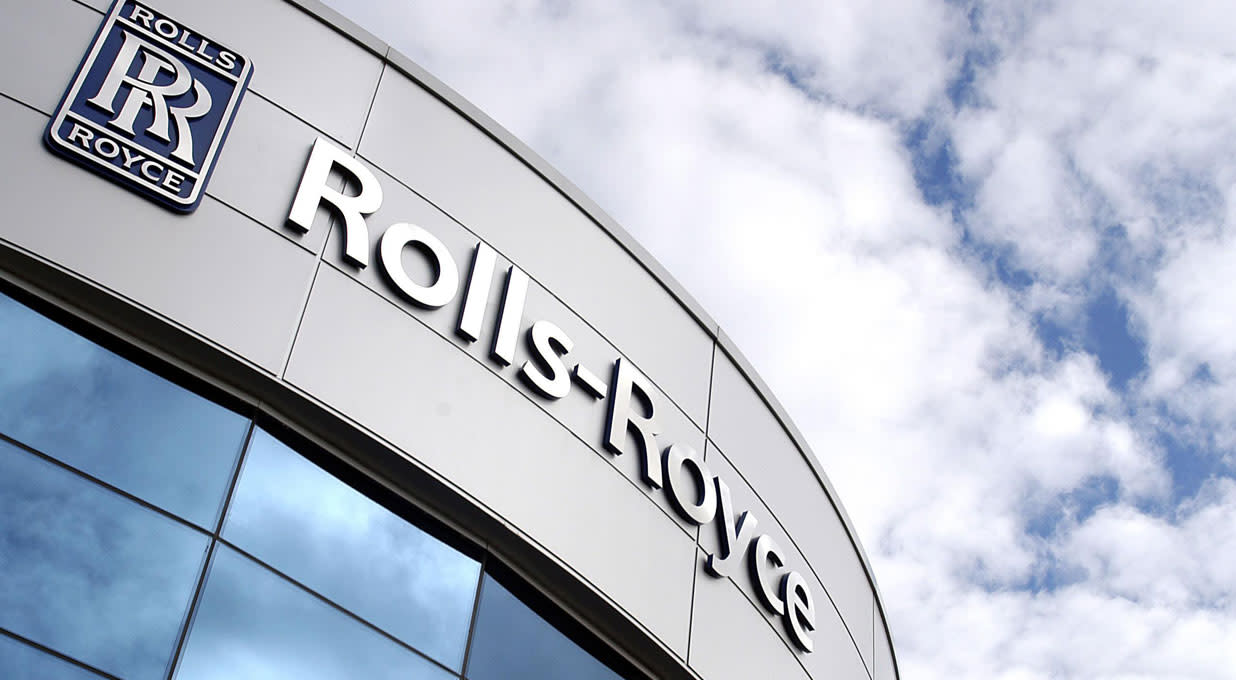Rolls-Royce’s full-year revenue rose 16% to £17.8bn, ahead of market expectations. Performance was helped by double-digit growth across its three core divisions.
Underlying operating profit jumped 55% higher to £2.5bn. Profitability increased across all divisions, with a particularly strong uplift in Civil Aerospace reflecting an improved aftermarket performance.
Free cash flow nearly doubled to £2.4bn, driven by the uplift in profits. There was a net cash position of £0.5bn at year-end, compared to a net debt position of £2.0bn in the prior year.
A full-year dividend of 6.0p per share was announced. A £1bn share buyback programme is set to begin immediately and complete in 2025.
In 2025, underlying operating profits and free cash flow are both expected to land between £2.7-2.9bn.
Mid-term (2028) guidance has been upgraded, with underlying operating profit and free cash flow expected to reach £3.6-3.9bn and £4.2-4.5bn respectively. Both measures were ahead of market expectations.
The shares rose 15% in early trading.
Our view
Expectations for full-year results were already high, but Rolls-Royce managed to soar past them. Progress has been so impressive that some of its 2027 targets have been hit two years early, causing the group to move the goalposts higher.
Rolls-Royce produces aeroplane engines for larger, long-haul planes. A huge amount of its revenue comes from servicing those engines, with business based on how many hours those engines spend in the air.
So-called engine flying hours (EFH) are now cruising at 103% of 2019 levels. That figure’s set to soar somewhere between 110-115% of 2019 levels by the end of the year as more of its engines take to the sky and demand for long-haul travel remains strong.
We’ve also been impressed with the stark changes made elsewhere in the business. CEO, Tufan Erginbilgic, is a no-nonsense leader. He’s delivering on his promise to transform Rolls into a leaner, more focused company, and it’s reaping plenty of rewards.
From an operational standpoint, layoffs, contract renegotiations, process changes, and increased use of data to drive efficiencies have put Rolls on a much healthier platform. As a result, margins have moved much higher, helping to convert the increased flying hours and revenue into profits.
Rolls also has exposure to the defence sector, making up around 25% of group revenue. Given the current elevated-threat environment, defence budgets across many countries are on the rise. With positions in combat aircraft and nuclear submarines, Rolls-Royce looks well-placed to capture some of the increased spending.
Despite all the positives, there have been question marks about some of its newer-generation engines, which appear to be underperforming in sandier climates. Attempted fixes are pending regulatory approval. If the group can’t iron out these issues, it could eat into future profits.
The balance sheet looks much stronger than it has for some time, giving management the confidence to reinstate dividend payments and announce a £1bn share buyback programme. But as always, no shareholder returns are guaranteed.
Rolls' position in the defence and aerospace industry is enviable - high barriers to entry mean there are very few smaller competitors sniffing around. And a multi-billion pound order book gives the group a good deal of visibility over future revenue.
With further improvements expected beyond the upgraded 2028 guidance, we think investors should remain positive on the long-term outlook. That expectation for growth has earned Rolls a premium versus its peers. We think that’s well deserved, but it does increase the risk if management doesn’t deliver progress on time. And of course, there are no guarantees
The author holds shares in Rolls-Royce.
Environmental, social and governance (ESG) risk
The aerospace and defence sector is high-risk in terms of ESG. Product governance and business ethics are key risk drivers. Carbon emissions from products and services, data privacy and security and labour relations are also contributors to ESG risk.
According to Sustainalytics, Rolls Royce’s management of ESG risk is strong.
It has set up a safety, ethics & sustainability committee to oversee ESG issues and executive compensation is tied to performance on these issues. There is also a strong environmental policy, including a commitment to net zero and interim targets, and whistle-blower programme. However, ESG-related disclosure falls short of best practice.
Rolls-Royce key facts
All ratios are sourced from Refinitiv, based on previous day’s closing values. Please remember yields are variable and not a reliable indicator of future income. Keep in mind key figures shouldn’t be looked at on their own – it’s important to understand the big picture.
This article is not advice or a recommendation to buy, sell or hold any investment.No view is given on the present or future value or price of any investment, and investors should form their own view on any proposed investment.This article has not been prepared in accordance with legal requirements designed to promote the independence of investment research and is considered a marketing communication.Non - independent research is not subject to FCA rules prohibiting dealing ahead of research, however HL has put controls in place(including dealing restrictions, physical and information barriers) to manage potential conflicts of interest presented by such dealing.Please see our full non - independent research disclosure for more information.


